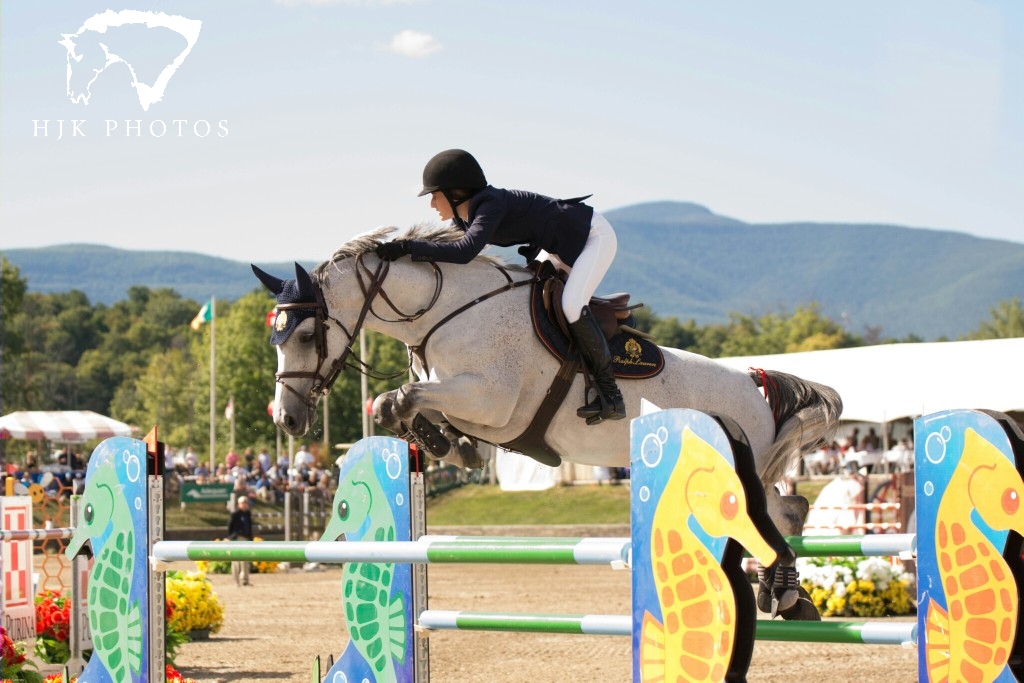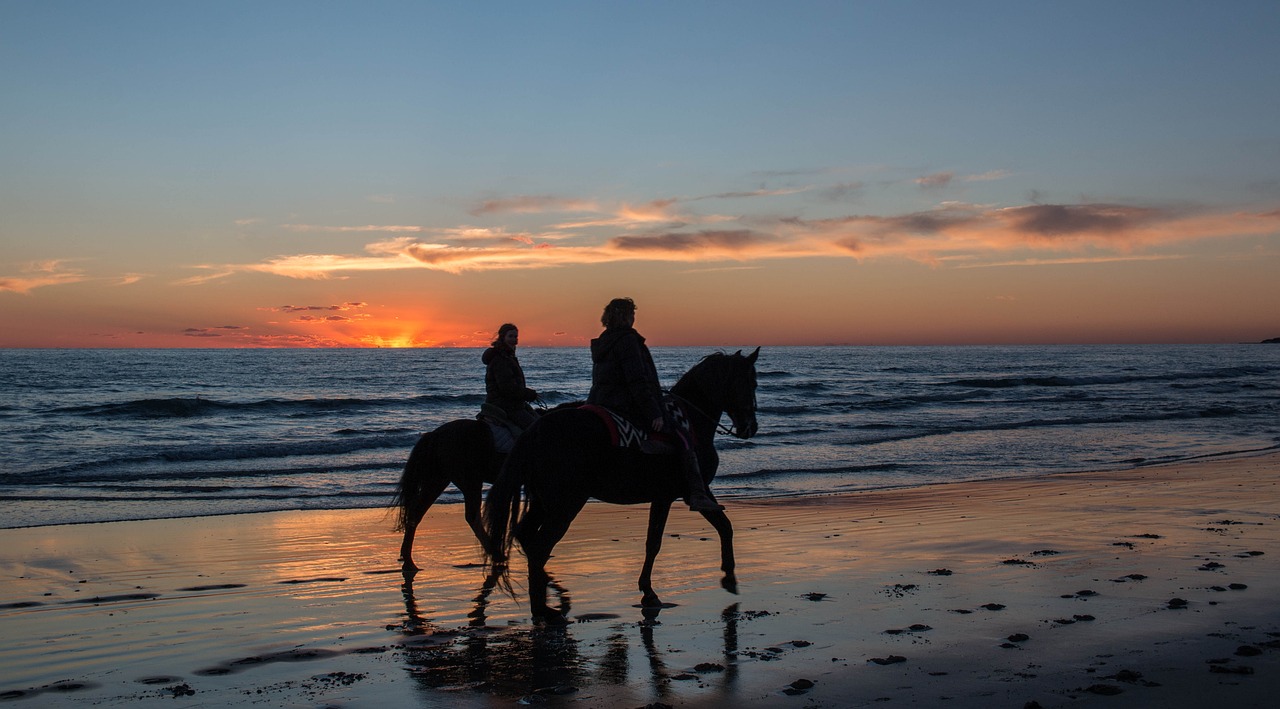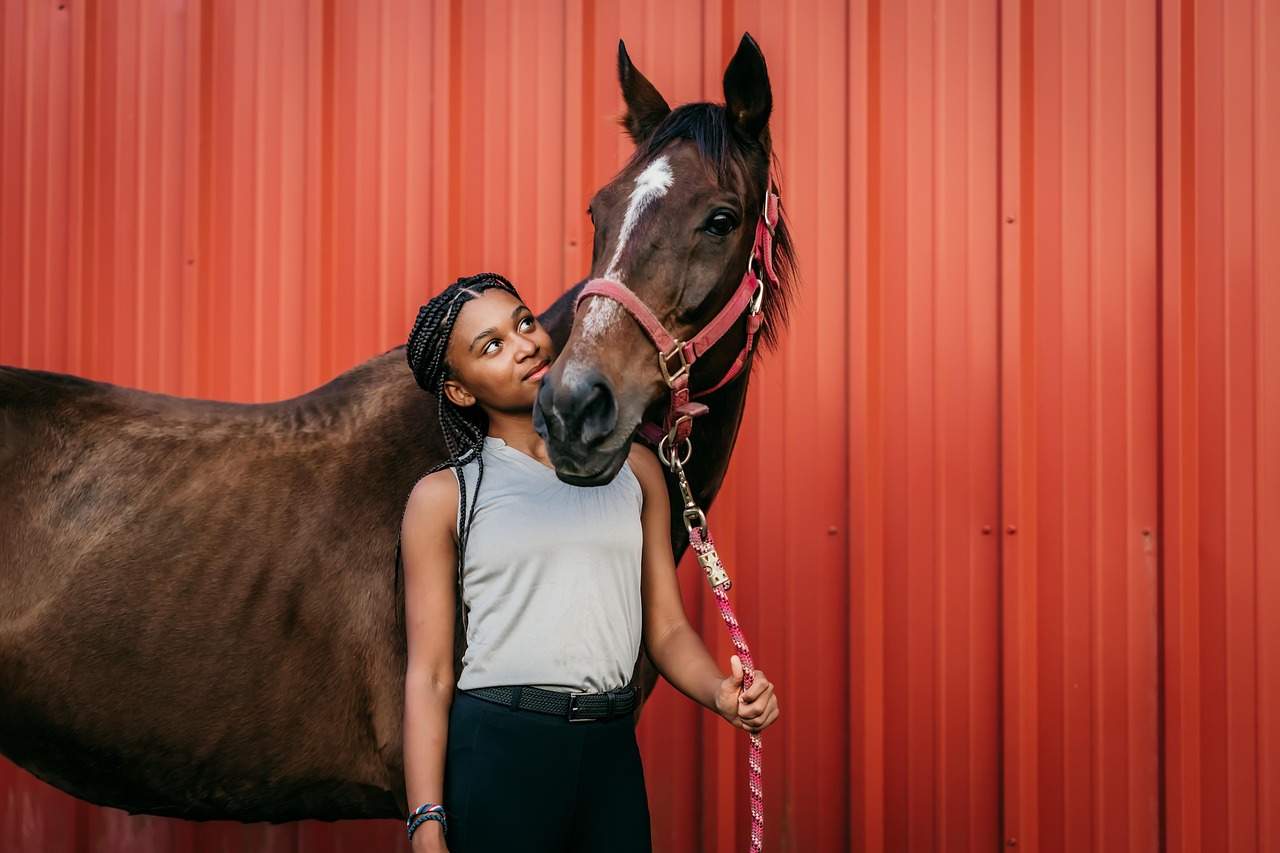
By the EIE Editorial Staff
Many of us have a passion for horses and for celebrities who earn their living in the public spotlight, the connection may even be more special. For them, spending time with a horse can be incredibly inspiring in many ways. Horses, unlike fickle fans, offer unconditional acceptance. In a business where actors and actresses are scrutinized in both their public and private lives, horses don't judge. They offer a sense of companionship and acceptance that can be incredibly comforting and inspiring.
From our youngest rider to our most established veteran, here is the list of celebrity equestrians:

Can you think of more celebrities who ride? It is sure to be a long list if you think back through all the movies where there are actors riding and you dig into their lives with horses!
You can find more interesting stories in our section on Recreation & Lifestyle.
Come along for a ride and get a glimpse into the daily rounds of renowned veterinarian Dr. Tom Riddle! The Co-founder of Rood & Riddle Equine Hospital shares his day and his passion for horses.

By the EIE Editorial Staff
Florida offers a unique and exciting experience for horseback riding enthusiasts. With its diverse landscapes, from beaches and forests to prairies and swamps, Florida provides a variety of trails to explore. Additionally, Florida's warm weather makes it possible to enjoy horseback riding year-round.
Here are some of the reasons why horse vacations in Florida are so much fun:
If you're looking for a fun and exciting vacation, Florida is the perfect place to go. With its beautiful scenery, warm weather, and friendly people, Florida is sure to make your horse vacation one to remember.
There's more interesting articles in our section on Recreation & Lifestyle.
This horse came in to the vet clinic for a sedated hoof trim and her hooves were just a little overgrown.

Relocating a horse to another boarding barn is a decision often driven by a combination of issues related to your horse's health and happiness, the quality of care provided, and your own riding goals and satisfaction.
Your horse's behavior can be a major indicator that it is unhappy or unsafe.
Issues with the barn's management can directly impact your horse's welfare and your peace of mind.
Sometimes the problem isn't the barn, but a mismatch between what you want and what the barn offers.
The bottom line is to trust your gut. If something doesn't feel right, or if you or your horse are consistently unhappy, it is likely time to part ways and find a better environment.
You can find more informative articles in our section on Tack & Farm. Take a look at our Curated Amazon Store for our selections in a wide variety of categories!
Are you interested in promoting your business or sharing content on EIE? Contact us at info@equineinfoexchange.com
Our Mission — Serving the professional horse person, amateur owners, occasional enthusiasts and sporting interests alike, the goal is to serve all disciplines – which often act independently yet have common needs and values.
Equine Info Exchange is totally comprehensive, supplying visitors with a world wide view and repository of information for every aspect related to horses. EIE provides the ability to search breeds, riding disciplines, horse sports, health, vacations, art, lifestyles…and so much more.
EIE strives to achieve as a source for content and education, as well as a transparent venue to share thoughts, ideas, and solutions. This responsibility also includes horse welfare, rescue and retirement, addressing the needs and concerns of all horse lovers around the world. We are proud to be a woman-owned business.